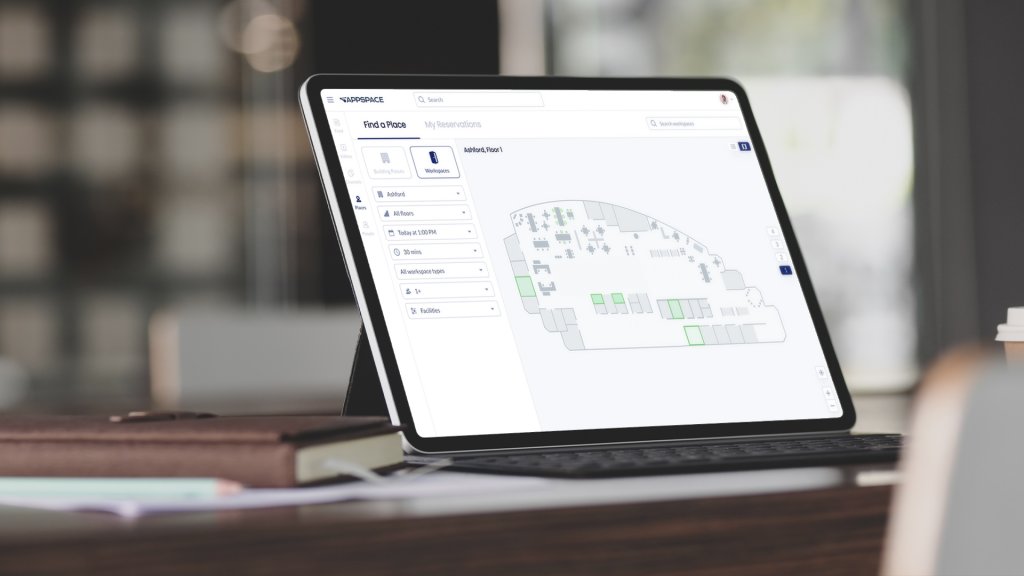Businesses all over the globe have been navigating the world of remote and hybrid work for nearly a year now. Thanks to COVID-19 vaccines becoming more readily available, there is a lot of hope from leaders and employees alike to return to the office safely.
Many organizations have had to take a look at their current office space and make decisions pertaining to their business needs and their future work plans. According to a survey conducted by KPMG, 68% of respondents stated they were going to reduce their office space1. In addition to office size reductions, companies are having to reconfigure their office space in order to adhere to social distancing guidelines and health department recommendations for safe workspaces.
The office setup that was once the norm is now likely to fade away. The days of having assigned seating are changing, especially for the companies that have lowered their real estate footprint. With the reduction of usable space or smaller offices, the ability to assign everyone a permanent seat is no longer feasible.
While some organizations are finding that their offices are getting a little smaller, they’re also getting smarter.
Hotel-style desking is not a new concept but it is gaining popularity as the return to office plans gain momentum. This seating arrangement allows for employees to book and use space on a need-to basis. No seating chart or assigned seats, book and sit where there is available space.
No seating arrangements may sound a little scary if it’s the first time you’ve considered the alternatives. But it really can be a simple change that isn’t as much of a hassle. Moving away from assigned seating means no more memorizing desk locations for anyone on your team — which can be less administrative hassle. This model also gives your team the ability to be flexible and make changes if something isn’t working well — moving seating areas to be closer or further away from certain teams, etc.. Chances are, your organization will benefit from this change in more ways than one, especially if you find yourselves shrinking your office capacity, and you’ll most likely need very little investment to get started.
Before most of us started working from home almost a year ago, many of us were accustomed to booking meeting rooms using calendar applications right on our desktops. Desk and space reservation should work in a similar function and does using the Appspace platform, it’s just executed on a grander scale and is easier to access.
Employees can see a full layout of the office from their personal computer and see what spaces are available to book based on their planned office hours. Once they find a space suitable for their needs, in a few clicks they can reserve the space.
This technology can also work upon arrival at the office. Employees or guests can get a live view of the office floorplan and what spaces are currently available to book. Quickly, they can reserve their space and head over to start their workday.
Administrators have the ability to upload office floorplans and control which spaces are available to book. Any space can be converted into a bookable resource using the Appspace platform — desks, rooms, huddle spaces, parking, and even a ping pong table if your office has one can all be reserved. If any rooms need to be off-limits at the drop of a hat, a few adjustments can make them unavailable for booking. In addition to monitoring how many spaces are available, space reservation gives critical insights to capacity tracking that has also become a vital part of return to office planning.
Space and desk reservation is going to be more than a nice-to-have feature, it’s going to be necessary. Employees will have the peace of mind they’re looking for knowing they have secured desk space at the office on the days they need to be there.
If you’re wanting to see more of the capabilities of space and desk reservation, we’ve got you covered. See Appspace’s space and desk reservation feature and the full list of functions here.
- “The office, as you know it, is dead”, CNN, 2020


